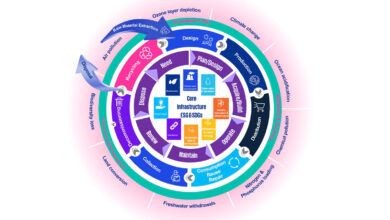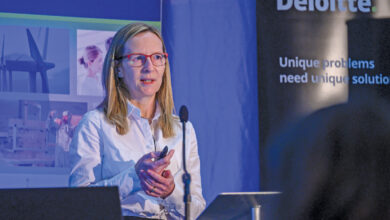Is muid Ollscoil na Gaillimhe We are University of Galway

1 September 2022 marked a new chapter in the history of one of Ireland’s top universities. Professor Ciarán Ó hÓgartaigh, President of University of Galway, writes how the new name and identity holds fast to a rich heritage dating back to 1845.
Our decision to take this step on our journey followed detailed consideration and consultation. While our history of more than 175 years could never be captured solely in a name or a logo, we are confident our new identity reflects who we are, our essence, and our place in Ireland and the world. Its beauty is also its simplicity – we are a university, and we are in, of, and for, Galway.
University of Galway is built around our values – excellence, openness, respect, and sustainability. We are a global university, committed to outstanding students and staff, with world-class facilities for renowned education and research. We build on our heritage and history, remaining proactive and responsive to a rapidly changing world while providing the bedrock for Galway to thrive, not least as a global hub for medical technology, data and IT, and a city renowned for culture and creativity.
It is easy to look at Ireland and feel like we are on the edge, or the extremity, with continental Europe to the east and an ocean and the Americas to the west. We look at where we are and we see a university open to the world. We offer a diverse learning community. We value the dynamism that our students bring to Galway, each year, from more than 90 countries and we work hard to ensure that ours is an accessible and inclusive campus. Along with our students, we are on a journey to become leaders in sustainability.
Our university is rooted in the unique culture, communities, language and landscape of the west of Ireland and our research is focused on many of the world’s most pressing challenges, as framed by the UN Sustainable Development Goals.
Along with our bilingual identity, our new brand is based on the modern and traditional elements that are important aspects of our ethos, including the Quadrangle; 1845, the year in which the University was founded; and a vibrant colour which plays on maroon, synonymous with Galway.
Over the coming years we look forward to building new partnerships and collaborations locally, nationally, and globally. We hope you like our new name and identity. We hope you will embrace. All that we ask is that you watch out for #UniversityofGalway and where you see it, share it.






